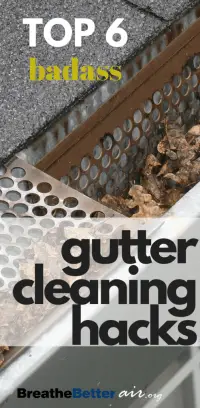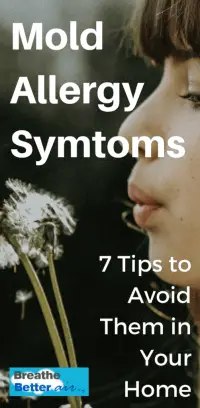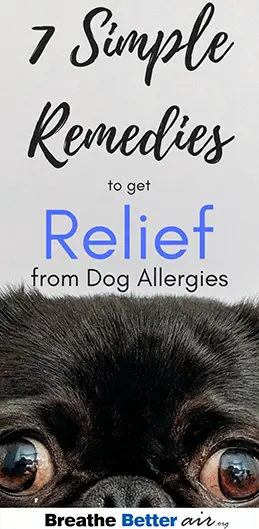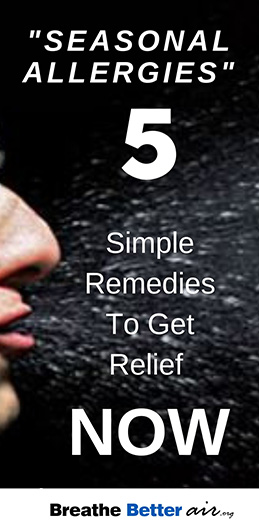
No one likes a stinky smell. But when you think about it, that is kind of the point.
A foul smell is almost always a warning that something isn’t right in the state of Denmark.
But have you ever thought about how it would be live without the sense of smell.
Smell is actually very important to our survival.
So many dangers like rotting food , gas leaks, etc are averted everyday because of the basic function of smell.
Our noses are actually one of the best natural alert systems to keep us aware the possibility of danger.
But of course there is such a thing as lingering odors that continue to assault your membranes after the source of the rotten smell is found and eradicated.
Odors like cigarette smoke, that end up turning into third hand smoke and leave there unpleasant aroma everywhere for months and years to come.
Do air purifiers remove odors?
Yes there are air purifiers that utilize a technology called activated carbon that will absolutely absorb pungent odors. Pet smells, third hand smoke, lingering cooking odors, and gases.
Even more importantly . Activated carbon is capable of absorbing odorless gases.
But An air odor eliminator machine will remove odor from the air as long as you understand that it can only do so much.
What I mean is:
it will not clean the kitty litter for you.
It will not dispose of rotten food for you.
It will not do the dishes.
It will not scrub the kitchen.
It will not clean the toilet.
You get the point. So many odors are basically trying to tell you to take the trash out.
And eliminating these odors, like it or not, would not be the best thing for you.
Imagine if you could not smell bacteria and mold growing in the trash can or the sink.
How long would it take for someone to get seriously ill from it?
But there are many odors that you are fundamentally not able to do anything about.
Vocs are odors that usually come from chemicals around the house and office.
Consumer products like solvents and adhesives including carpet adhesives
can put off a bad smell as well as give you headaches and other adverse health reactions.
Other vocs around the house include natural Gas, wood stoves, chimneys,etc.
Are activated carbon air filters safe? Are they dangerous?
No activated carbon filters are not dangerous. On the contrary, they are one of the safest means of air purification available.
Carbon is one of the main elements of the Earth’s crust. When it is heated to right temperature it becomes extremely porous.
What do carbon air filters do?
Carbon Filters are so porous that they are able to capture particulates as small as gas.
And are is particularly good at absorbing odors.
People have been using carbon as a filter for water for literally thousands of years.
Another one of its popular early uses was for the decoloration of sugar.
Though today, its primary market is water filtration, it’s also used and multiple other Industries. Dry cleaning, alcohol production, corn refining, and gas absorption to name a few.
Rivaling its ability to filter carcinogens from drinking water is it’s amazing capacity to absorb odors.
It’s excellent air filtering abilities also make it very good for gas mask.
The carbon in air filters primarily comes from heated coal. Activated carbon and activated charcoal are the same thing basically. Activated carbon made from charcoal is the primary type of filter for air purification.
Unfortunately activated carbon cannot work alone to completely filter ambient air.
Pores are much too small to capture other particulates and allergens like pollen,dust mites, mold spores, and dander.
You need a HEPA filter to capture this size of air contaminants.
You rarely find an air purifier that contains a carbon filter but not a HEPA filter. They generally go hand-in-hand.
Can you wash and reuse a activated carbon filter?
Yes and no.
Carbon filters are very porous. And the pores themselves are very miniscule. Once the pores are full, there really is no washing them out.
But the outside of the filter can get covered with larger debris like hair and lint and so forth.
This will definitely keep the charcoal filter from doing its job properly. Getting the junk off of the outside will allow air to flow through the filter as it is intended to be.
Cleaning the outside of the filter can be as easy as taking a wash rag and wiping it off using a stiff bristle brush and doing a light scrub.
A even better solution is to purchase a air purifier that has a pre-filter so that your carbon filter and your HEPA filter do not get clogged with larger debris.
A Pre-filter is usually a permanent part of the air purifier that is made to come out and wipe off easily.
How much do carbon filters cost?
Carbon filters are primarily used in water filtration and air filtration.
Water filtering carbon filters will run anywhere from $200 to $300 and up.
Carbon filters for air purifiers are much cheaper and can run as low as $10 and average about $20.
The more dense and heavier the activated carbon, the better result you will get from it.







 3. Neti Pot
3. Neti Pot


